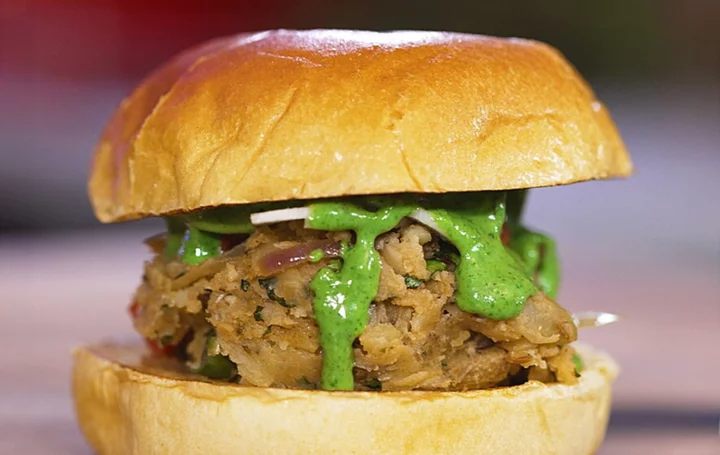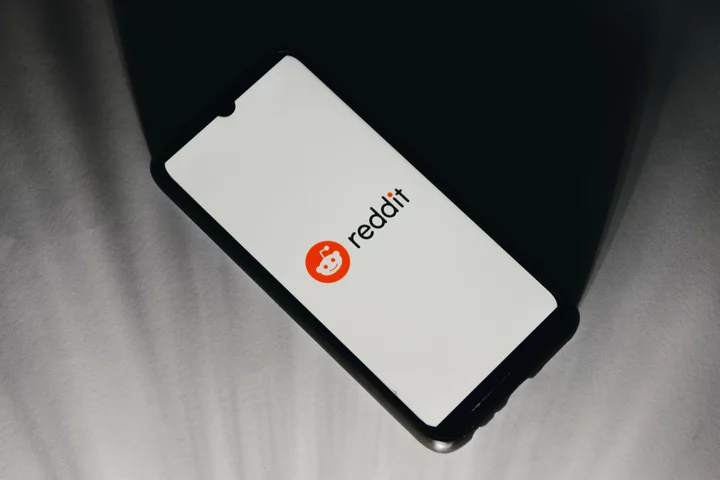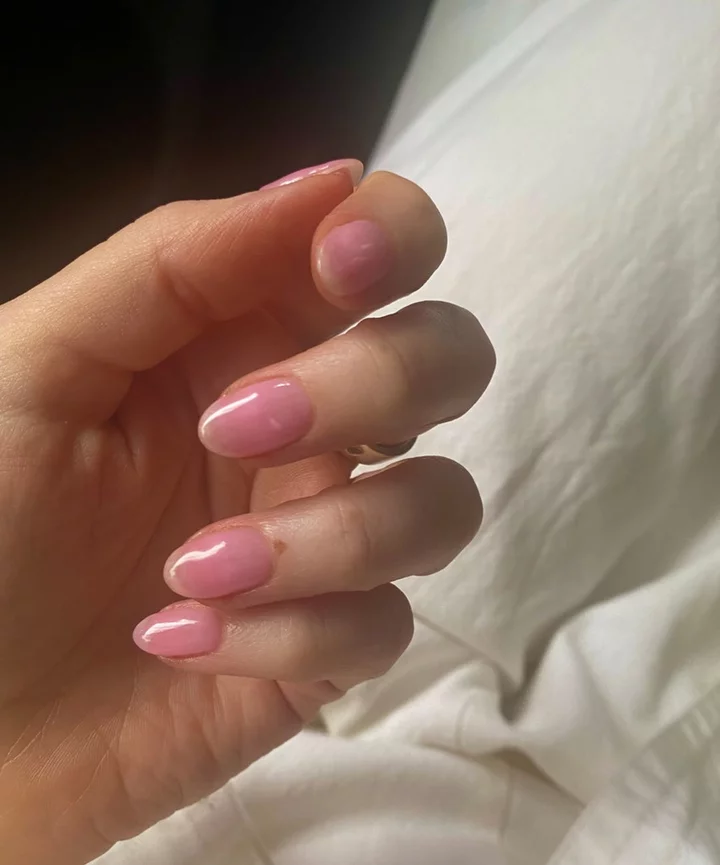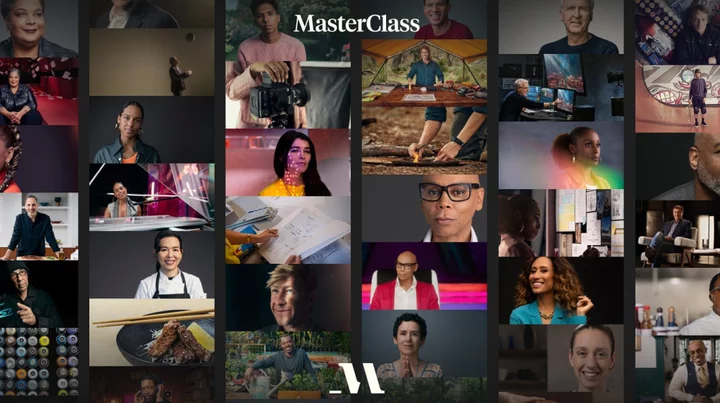A girl with long, manicured nails, perfectly applied loud makeup, and a capacious bag sits in front of a camera. Her earrings rustle as she loudly chews gum, bats her long lashes, and moisturizes her hands. Sometimes, she speaks up to defend people being bullied around her; other times, she just sits there, brushing her hair, filing her nails, and re-applying lip gloss. TikTok user Mialani Aurora is embodying the Hot Cheeto Girl in a high school classroom point-of-view video.
The Hot Cheeto Girl is a stereotype that has historically been used to make fun of high school girls who are hyper-feminine, working-class, either Black or Latina (or both), and have a taste for spicy chips like Flamin’ Hot Cheetos. Know Your Meme tracks the Hot Cheeto Girl back to May 2019, though it has existed for much longer offline. The style Aurora is wearing is exaggerated — the lashes are enormous, the nails so big that they make a pleasant clink sound when she moves her hands rapidly — and it calls people’s attention. Classist, misogynistic people call it “ghetto,” but Aurora is attempting to make the stereotype her own.
@adamrayokay POV: Rosa swears she’s not hungry because she hates eating in front of her man? #pov #foryou #viral ♬ original sound – ADAMRAYThe history of the Hot Cheeto Girl stereotype is complicated. Perhaps the earliest and most viral depiction of the stereotype was Adam Martinez’s Rosa, a messy Latina character that wears her fake eyelashes upside down. Despite her messiness and her awful makeup — her contour isn’t even blended! — Rosa is mostly a sweet character who plays on the stereotype’s loudness. It was supposed to be a homage to Latinas who are “too much” for their schoolmates. Rosa quickly became very popular on TikTok after Martinez, who declined a request for an interview, first started posting the character in December of 2019: In two months, his account gained 1.2 million followers and the concept of Hot Cheeto Girl was let loose in the wild Internet.
“The Hot Cheeto Girl is a stereotype that has historically been used to make fun of high school girls who are hyper-feminine, working-class, either Black or Latina (or both), and have a taste for spicy chips like Flamin’ Hot Cheetos.”
nicole froioIn an interview with Insider, Martinez described Rosa as “just somebody that everybody happens to know. Whether it’s through school, through a friend, they just all have met somebody like her.” Indeed, I know who Rosa is: that Latina girl who is a little over the top and yes, she might be loud, and in her heart she’s kind and sweet. Rosa, or the Hot Cheeto Girl, is generally a racialized girl who is judged by her style but insists on being herself despite the respectability politics that dictate she shouldn’t. I love girls like Rosa, but girls like Rosa are usually discriminated against for dressing how they want to dress.
Once Rosa went viral, TikTok was filled with copycats who were not so kind in their depictions of the Hot Cheeto Girl. Most egregiously, there were non-Latine white men and women who mockingly put on the elements of Black and Latina Hot Cheeto Girl style like costumes, pretending to have long nails and chewing gum aggressively.
@mialaniaurora2 The video that started it all ? #hotcheetoqueen #hotcheetogirl #pov #asmr #asmrsounds #skit ♬ original sound – ?Mialani?A 2022 personal essay in Unpublished Zine by London Blenman called out this kind of content: “The Hot Cheeto Girl stereotype is a repackaged and sneaky way to insult/act like Black and Hispanic women,” Blenman wrote. “Black and Hispanic women are diverse in the way they dress and act, [but this stereotype] perpetuates that they are all the same and that said ‘same’ is negative.” Blenman also points out that the aesthetics are generally considered unprofessional and that Black and Latina women suffer discrimination while wearing Hot Cheeto Girl aesthetics; meanwhile, non-Latine white creators can take the costume off and enjoy their privilege unreservedly.
“But as non-Latine white folks ridicule, steal, and discard the look and characteristics, more Latinas like Aurora, who genuinely dress in the Hot Cheeto Girl style in real life, have been attempting to subvert the stereotype.”
nicole froioThis happened in late 2022, when non-Latine white women who performed Latina aesthetics through the Hot Cheeto Girl stereotype renounced the look for the so-called Retired Hot Cheeto Girl: a “cleaner” version of the original. “Many of the people who have embraced the stereotypical Hot Cheeto Girl aesthetic are white, and for them false eyelashes, killer nails, braids, and hoop rings are just yet another fashion statement to try. Going back is easy,” Kettj Talon wrote for nss G-Club.
But as non-Latine white folks ridicule, steal, and discard the look and characteristics, more Latinas like Aurora, who genuinely dress in the Hot Cheeto Girl style in real life, have been attempting to subvert the stereotype. Sure, Aurora’s Hot Cheeto Girl is still rude and disruptive, but she uses her powers for good: through her loudness, brashness, and fearlessness, she often posts POV-style videos, defending gay kids from homophobia, or Hot Cheeto Girl ASMR, using objects like nail files, lip gloss, and hair brushes to relax the viewer. The punchline is no longer how abrasive Latinas are, but how the people around them misunderstand their authenticity.
Instead of making fun of girls and women who dress as loud as they talk, these videos reveal that there’s more to the Hot Cheeto Girl archetype than meets the eye, more than the judgment they’re usually met with from a white-centric society. And many people watching these videos agree: “I always loved having these girls in class! They were my biggest help and would bring the class back to earth if they got out of control,” one user commented. “[My Hot Cheeto Girl] was Alexys, she was the coolest and so pretty,” another user gushed. “And [girls like that] always shared their lotion with me,” another user added. Behind the racist and classist stereotypes that were disseminated on TikTok since the Hot Cheeto Girl trope went viral, there were hundreds of people who had good experiences with girls like that.
“By taking back the Hot Cheeto Girl archetype, Latina girls are refusing respectability politics and insisting that their contributions to fashion and culture are valid.”
nicole froioAs always, the problem with stereotypes is that they don’t tell the full story. Hot Cheeto Girls might be obnoxious and loud and their style might be (beautifully) over the top — and these are descriptors most Latina women might get over their lifetime — and they are also kind, caring, loyal, and take no bullshit. The original Hot Cheeto Girl depictions on social media only emphasized the parts that made other people uncomfortable: the hyper-femininity and the audacity of girls and women who dare take up space. But the Hot Cheeto Girl is all that and much more.
@mialanibackup #gayrights #hotcheetogirl #pov #hotcheetoqueen #skit #pov #saynotobullying ♬ original sound – Mialani AuroraMore recent depictions of the Hot Cheeto Girl tell a fuller story. She doesn’t start a fight for no reason; she defends the people who are being bullied. She doesn’t put down other girls; she uplifts them and defends them. And her presence isn’t threatening; she will simply speak her mind when something isn’t right.
By taking back the Hot Cheeto Girl archetype, Latina girls are refusing respectability politics and insisting that their contributions to fashion and culture are valid. I hope girls like Aurora keep reclaiming the stereotypes that stigmatized their style and genuine personalities for so long.









